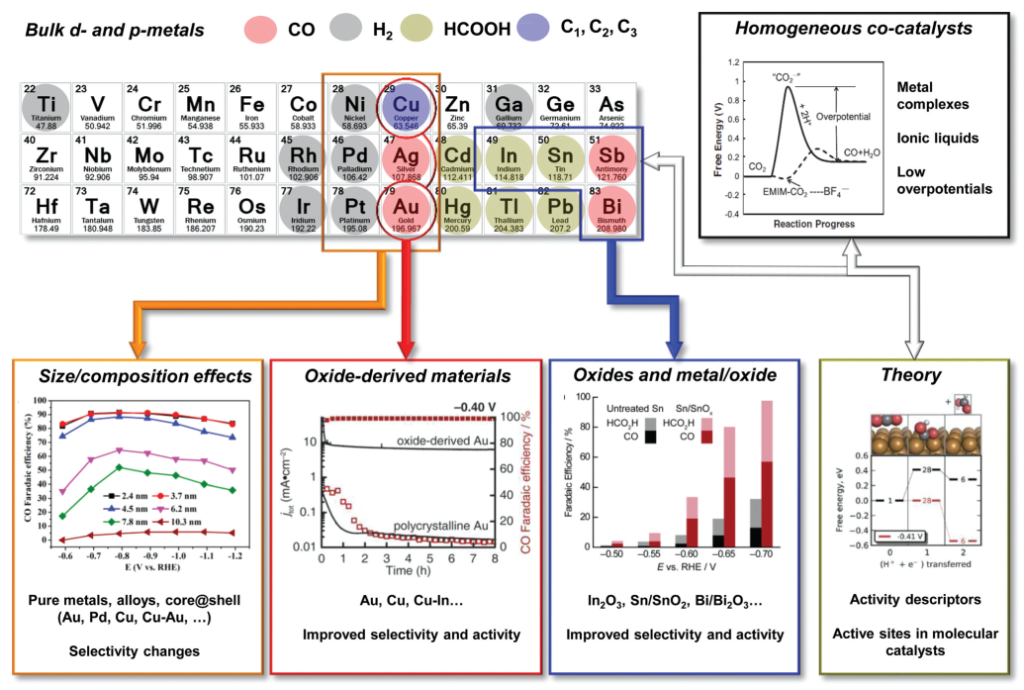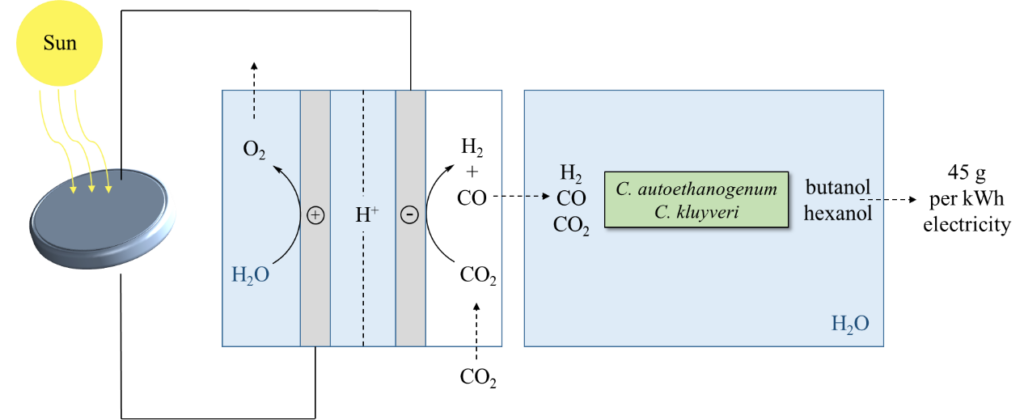A techno-economic investigation commissioned by the members of the Carbon Dioxide Capture & Conversion (CO2CC) Program
The catalytic conversion of carbon dioxide (CO2) is considered an important potential contribution to future developments in the chemical industry. Major societal and political drivers include the commitment to reduce greenhouse gas emissions and establishing closed carbon cycles for sustainable development. CO2 is regarded as a safe and benign feedstock in line with the principles of Green Chemistry and is available in large quantities and sufficient purities from various sources at moderate to low costs. Thus, while CO2 conversion is often discussed primarily in the context of mitigation strategies (Carbon Capture, Utilization and Storage, CCUS) its potential positive effect on key criteria of sustainable development go well beyond this target.
In addressing these vital issues, The Catalyst Group Resources (TCGR) has recently issued a techno-economic investigation commissioned by the members of the Carbon Dioxide Capture & Conversion (CO2CC) Program. This report, exclusively for members, provides insights into the potential for electrocatalytic conversion of CO2, along with in-depth insights to better understand the current and future state of the art of this technology.
Electrocatalytic conversion of CO2 offers early, but promising, possibilities…
The rapidly increasing deployment of technologies to generate power from renewable resources offers the potential to consider “renewable electricity” as the driving force for CO2 conversion (e.g., “power-to-X”). While the catalytic conversion of CO2 with “green” hydrogen from water electrolysis has seen rapid progress recently, the direct electrochemical conversion remains far less developed. The main conceptual approaches can be summarized as follows:
- Conversion of CO2 and H2O to syngas (of various composition) by “co-electrolysis,” combined with conventional syngas technology for further downstream production
- Electrocatalytic direct conversion of CO2 and H2O to C1compounds formic acid, formaldehyde, methanol or methane
- Electrocatalytic direct conversion of CO2 and H2O to more complex molecules under C-C bond formation
- Electrocatalytic coupling of CO2 with other (organic) substrates
Figure 1. Main Research on New Electroactive Materials for Electrocatalytic Reduction of CO2

State of the Art and Future Prospects for Electrochemical CO2 Conversion Routes contains five essential chapters, beginning with an introduction to the general principles of electrocatalytic conversion of carbon dioxide, highlighting the difference between heterogeneous and homogeneous catalytic transformation. It then presents the current state-of-the art using the functional groups of the target molecules as the organizing principle. The chapters are structured along the increasing reduction level from CO2 (formal oxidation state +IV) to methane (-IV). A techno-economic assessment based on the technology readiness level (TRL) is derived from the literature analysis and experience of the authors.
From an industrial perspective, the four main parameters at the basis of the techno-economic evaluation are:
- Productivity per unit electrode area
- Stability
- Overpotential at a given current density
- Faradaic selectivity
As a main result, it is demonstrated that the TRL level for electrocatalytic CO2 conversion is generally significantly lower than for other CO2 conversion technologies. Notable exceptions are co-electrolysis coupled with chemical and biochemical (syngas fermentation) processes and the electrocatalytic production of formic acid, where pilot activities have been reported.
The direct production of more complex molecules that require multistep processing routes in the petrochemical value chain appear attractive targets in terms of value generation and process intensification. Acetic acid and longer chain alcohols are examples for this category. However, the technologies for these transformations are not yet at a stage where reliable cost evaluations can be derived. Intertwinement between electrochemical conversions and the established industrial processes could combine the positive effects of innovative reactions with an existing infrastructure also for the chemical industry.
Figure 2. Schematic Design of the Coupled Co-electrolysis/Fermentation Process

Electrocatalytic conversion of carbon dioxide is a very promising approach towards “sector coupling” to harvest renewable energy into the chemical value chain, potentially contributing to very significant reductions of CO2 emissions in the chemical sector.
While some processes are complementary to hydrogenation technologies of CO2, certain pathways are unique to the electrocatalytic activation. Although a full cost analysis is not possible at this stage, targets where the electrochemical transformations offer “shortcuts” to more complex molecules seem attractive for medium- to long-term strategies. In the short term, the conversion of CO2 and H2O to syngas via co-electrolysis, combined with chemical or biotechnological syngas conversion, offers interesting potentials under the right framework boundaries (infrastructure, source of electricity, scale, etc.).
TCGR’s CO2CC Program is an industrial consortium dedicated to seeking, reporting and developing win-win economic solutions to CO2 capture and conversion focused on practical ways to improve “energy efficiency” which generate both savings and lower costs to enhance your bottom-line profitability! It has been working hard since 2010, with numerous resources already in place.
Don’t be left behind! Align with leading industrial member-companies like BASF, Dow, ExxonMobil, Linde, Petrobras, Reliance and Total, among others, in the CO2 conversion space by joining the CO2CC Program today. This is the only way to get TCGR’s in-depth and unparalleled report, State of the Art and Future Prospects for Electrochemical CO2 Conversion Routes.
More information about this and other services of the CO2CC Program can be seen at https://www.catalystgrp.com/php/tcgr_co2cc.php.
Call +1-215-628-4447 or e-mail John J. Murphy at John.J.Murphy@catalystgrp.com, and we’ll be happy to discuss these and other interesting membership benefits.
* * * * *
The Catalyst Group Resources (TCGR), a member of The Catalyst Group, is dedicated to monitoring and analyzing technical and commercial developments in catalysis as they apply to the global refining, petrochemical, fine/specialty chemical, pharmaceutical, polymer/elastomer and environmental industries.

